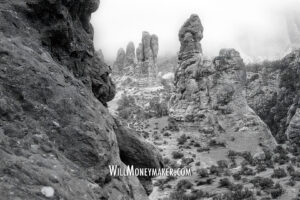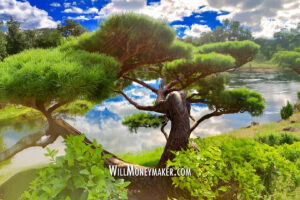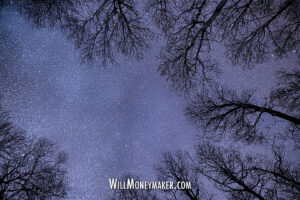The hardest thing about art is making something that actually resonates with people. Each piece that we create is significant to us, the creators. We were the ones on-scene, taking the photograph, experiencing the day and all the little slices of life that came with it. Prior to snapping the shutter, we were the ones who spent hours, days or weeks hard at work planning the photograph and the trip to take it. After we’ve created the digital negative, we’re also the ones who spend hours on post-processing, making the image as perfect as possible. That’s a lot of time, thought, and work, so of course, all of our images carry a lot of significance to us, the creators.
So what is that spark, that special something, that makes an image carry significance to the viewers? I think the answer to that — though it sounds simple — is actually really complex. At a base level, an image that is significant to viewers carries something personal. Not something that is necessarily personal to the photographer, but something that is personal to the viewer. They look at the photograph, and in a sense, it’s a little bit like looking in a mirror because viewers can see something to which they relate within the photograph. In other words, the image carries a message that speaks to something many of us have in common.
An easy way to think of this is through portraiture. One can look at a portrait of a farmer hard at work, and even if that person works in an air-conditioned office, there is still something relatable about the toil to work and make a living in that photograph. It’s a theme that most everyone can identify with, even though we all come from different walks of life.
But, that’s not to say that the only meaningful or relatable images are portraits. More, this just means that any image, no matter the subject material, needs to carry something that we all can identify with. This is really, in my opinion, what lays at the heart of a truly meaningful photograph.
So how does one make a landscape relatable? Or a photograph of a flower, a flowing river or some other non-human subject? It’s something I’ve mentioned before, and that’s what I’d like to highlight now. The essence of a photograph revolves around capturing a universal truth or a fundamental need of some kind, and if you can find the truth or the essential thing that we can gain from a subject, then you can create images that resonate with a broader group of viewers.
Finding the Truths in Landscapes and Nature Photography
Nature is probably one of the hardest places to find those universal truths that capture an audience’s attention. What is relatable about a tree? What can people learn about themselves by looking at the weathered face of a cliff? Do plants and flowers hold insights?
I think they do. It just requires thinking creatively about nature in order to find these truths and insights. Consider some of the most common types of nature photography — in particular, the picturesque landscape. These landscape images often have a dreamy, almost fantasy-like quality to them. They show us nature at its most perfect. And there is a reason why these types of landscapes are so popular. The thing that we gain from them is a sense of peace and serenity. With today’s crazy lifestyle, that soothing sensation is hard to come by — and, it’s essential if we want to relax and let some of our stresses go.
What about other types of nature photography? A photograph of a flower in which a couple of the petals are browned or torn, for instance, tells us that even the most beautiful things have flaws. And an image of a tree blown over by a windstorm tells us that even the strongest things can fall. Even though none of these subjects have human qualities, there are bits of understanding to be gained from them, or at the very least, an emotion that may otherwise be difficult to tap into.
Buildings, Urban Photography, and Man-Made Subjects
In the manmade, there is no end to the universal truths that can be taken away. Soaring skyscrapers, complex machines and other feats of engineering can stand as testament to man’s ingenuity. In the tumble-down look of abandoned buildings, we can gain a sense of age and decay. Images featuring strong geometry tend to tell us of the ways that people tend to bring order to the world. Few of us enjoy chaotic surroundings, which is why homes, offices and all the places we go from one day to the next are generally symmetrical and carefully organized.
Messages can also be about lifestyles. Urban photography is an interesting genre because it focuses on things like busy streets full of traffic, or pedestrians trying to cross at a crosswalk. It can also show the lonely feeling of a stoplight at night with no cars stopped near it. Since all of these things are things we encounter daily, it’s easy to make these subjects resonate with an audience. All we need to do is look around, observe, and construct a scene that people understand and enjoy.
Of course, this is broadly speaking. There are so many different photographic genres and subjects out there that it is impossible to illustrate exactly how to search for the truths in all of them. But, no matter what type of photography you create, this is something to always be mindful of. Even the most non-human of subjects have something to offer people. Sometimes, it’s a deep meaning, something specific, and other times, it’s something more vague, like a theme. Or, perhaps you only want to get a particular emotion across. Just as with themes and meanings, images that can evoke certain moods are something that viewers will identify with. So as you compose images, remember that in order to create something that viewers will sink into, the images need to contain something that they see in themselves.
Now go and enjoy the beauty of God’s creation through your lens!




